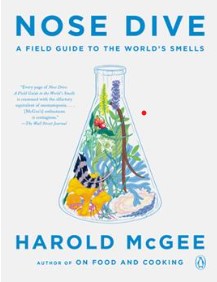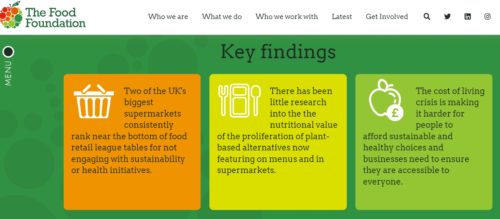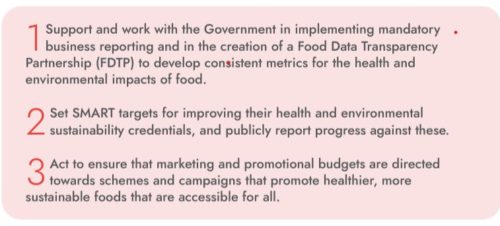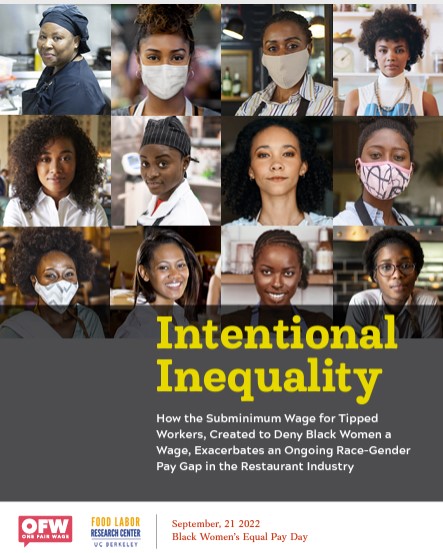Hyping research: coffee
I always appreciate the Headline vs. Study sections of the Obesity and Energetics newsletter that arrives in my email once a week.
This one concerns coffee. It amuses me that researchers are always trying to prove either that coffee is a superfood or that it is poison.
It’s neither, but never mind. The research is fun to track.
Researchers found “significant reductions” in the risk for coronary heart disease, congestive heart failure and stroke for all three types of coffee. However, only ground and instant coffee with caffeine reduced the risk for an irregular heartbeat called arrhythmia. Decaffeinated coffee did not lower that risk, according to the study published Wednesday in the European Journal of Preventive Cardiology.
Press-Release: Coffee Drinking Is Associated with Increased Longevity.
Study: Self-Reported Coffee Consumption in the UK Biobank… Again. Causation Not Established.
Drinking two to three cups of coffee a day is linked with a longer lifespan and lower risk of cardiovascular disease compared with avoiding coffee, according to research published today in the European Journal of Preventive Cardiology, a journal of the ESC.1 The findings applied to ground, instant and decaffeinated varieties.
- Headline: A Daily Dose of Coffee May Protect You from COVID-19.
- Study: Self-Reported Dietary Behaviors and Incident COVID-19 in the UK Biobank.
- Headline: Too Much Coffee Can Cause Your Brain to Shrink, Raise Risk of Dementia by 53 Percent, Study Finds.
- Study: Associations Among High Coffee Consumption, Brain Volume and Risk of Dementia and Stroke in UK Biobank.
- Headline: Your Morning Cup of Coffee May Lower Your Risk of Liver Disease.
- Study: All Coffee Types are Associated with Lower Risk of Adverse Clinical Outcomes in Chronic Liver Disease: A UK Biobank Study.
- Headline: Coffee Drinking Won’t Harm Your Health, New Study Reveals Caffeine Lowers Arrhythmia Risk.
- Study: Coffee Consumption and Incident Tachyarrhythmias with Mendelian Randomization for Caffeine Metabolism in the UK Biobank.
And just for fun, here’s the Washington Post’s adorable interactive comparison of the relative benefits of coffee vs. tea.
My view? Drink whichever you like, don’t worry, be happy, enjoy!
***********
For 30% off, go to www.ucpress.edu/9780520384156. Use code 21W2240 at checkout.








